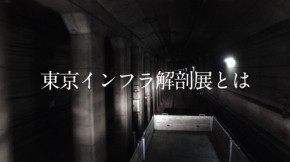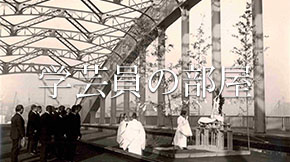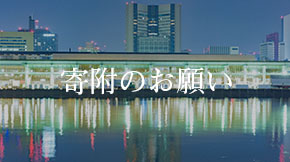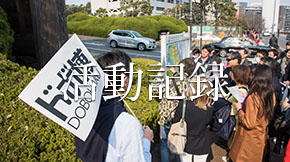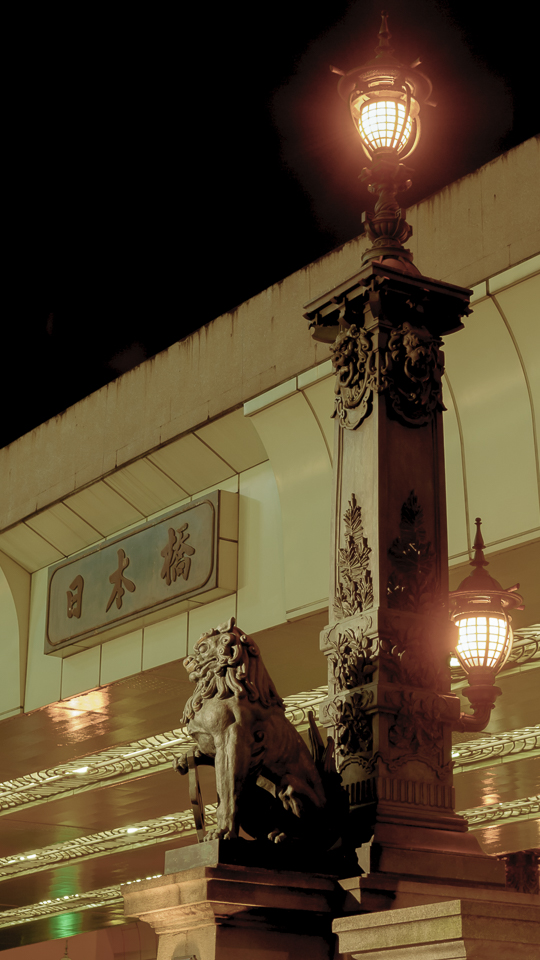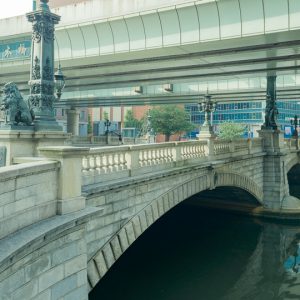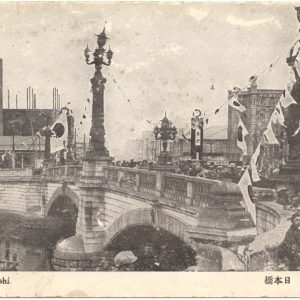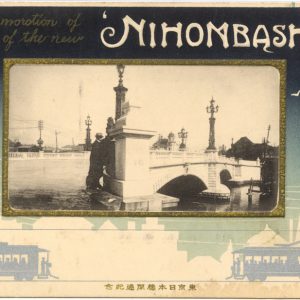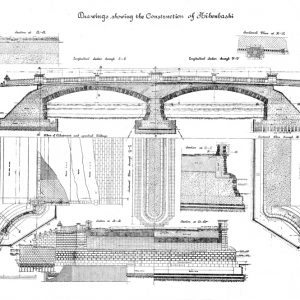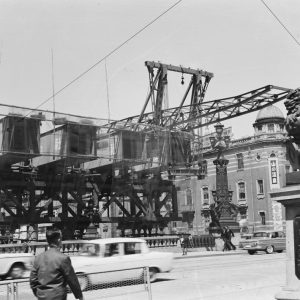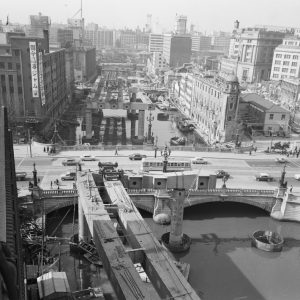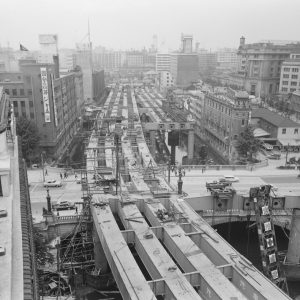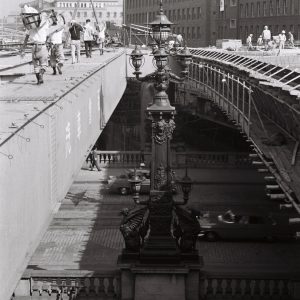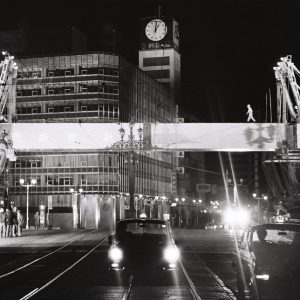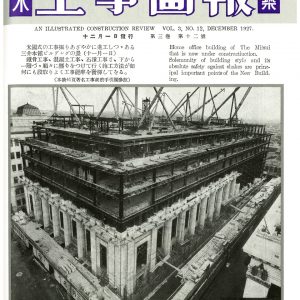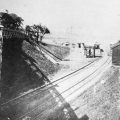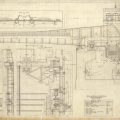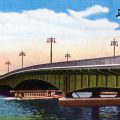The centre of the old five national highways in the Edo period. Even today, the seven major national highways in Japan start from Nihon-bashi bridge. This is a “heart” of Japanese road network.
Historically, many of the leaders focused on infrastructure to order the territory. Understand the state of infrastructure and rebuild its system. In this process, setting the origin of the network, the zero mile point, was a very symbolic stage, because it determinates the center of their territory. It was for the ancient Roman empire, Napoleon, as well as Tokugawa Ieyasu in Japan. He built a Nihon-bashi bridge as the zero mile point of the whole country at the same time he becomes the Shogunate General.
After that, the periphery of the bridge developed as the center of commerce in Tokyo. During the Meiji period, traditional companies of this area such as Mitsui, Mitsukoshi, etc, has changed into a company leading the modernization of Japan. In addition, the Bank of Japan and the Tokyo Stock Exchange are also located and it also functions as a “heart” that encourages the circulation of money.
Finally, let’s look at the bridge itself. The current Nihon-bashi is a masonry bridge with two arches. According to engineer in charge Shinichi Yonemoto, he wanted to construct in reinforced concrete initially, but his boss Eiji Nakajima decided to use a stone structure because of the low reliability of emerging technology.
However, the structure of Nihon-bashi was not simply traditional but rather modern. Engineers carried out a structural calculation. The bridge was decorated with characteristic sculptures such as legendary giraffe running through a thousand miles without leaving footprints, lion guarding Tokyo, lighting with motifs of pine and hackberry representing old milestones in the Edo period. By the way, in the prototype, the sculptures of two Edo founder, Dokan Ota and Ieyasu Tokugawa faced the center of the bridge.
The evaluation of this stone bridge, in which the Japanese, Chinese and Western elements intermingle, depends on the viewer and the times. For example, this design seemed to be a bad taste to German critic Grasser who visited the Nihon-bashi just after the completion. However, the charm of Nihon-bashi as a city monument rich in allegory is hard to throw away. This is a precious witness of the era when Japanese engineers were searching for a design suitable for their modernization. (D.Kitagawa)
| Type | Road bridge |
| Location | Chuo-ku/Tokyo |
| Structure | Stone arch bridge |
| Scale | Bridge length 49.1 m |
| Completion year | 1911 |
| Administrator | Ministry of Land Infrastructure Transport and Tourism |
| Designer | Tokyo City |
| Remarks | National Important Cultural Property |

